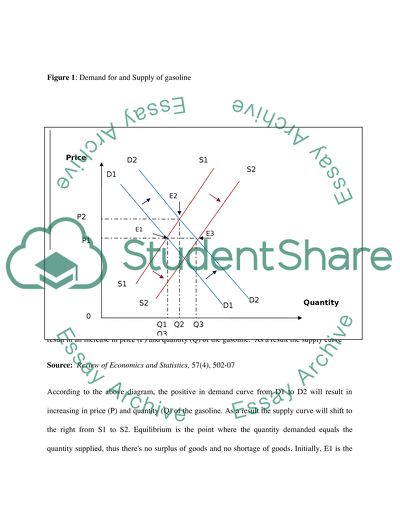Cite this document
(Gasoline Demand and Supply Essay Example | Topics and Well Written Essays - 2000 words, n.d.)
Gasoline Demand and Supply Essay Example | Topics and Well Written Essays - 2000 words. https://studentshare.org/macro-microeconomics/1509602-gasoline-economics
Gasoline Demand and Supply Essay Example | Topics and Well Written Essays - 2000 words. https://studentshare.org/macro-microeconomics/1509602-gasoline-economics
(Gasoline Demand and Supply Essay Example | Topics and Well Written Essays - 2000 Words)
Gasoline Demand and Supply Essay Example | Topics and Well Written Essays - 2000 Words. https://studentshare.org/macro-microeconomics/1509602-gasoline-economics.
Gasoline Demand and Supply Essay Example | Topics and Well Written Essays - 2000 Words. https://studentshare.org/macro-microeconomics/1509602-gasoline-economics.
“Gasoline Demand and Supply Essay Example | Topics and Well Written Essays - 2000 Words”. https://studentshare.org/macro-microeconomics/1509602-gasoline-economics.


